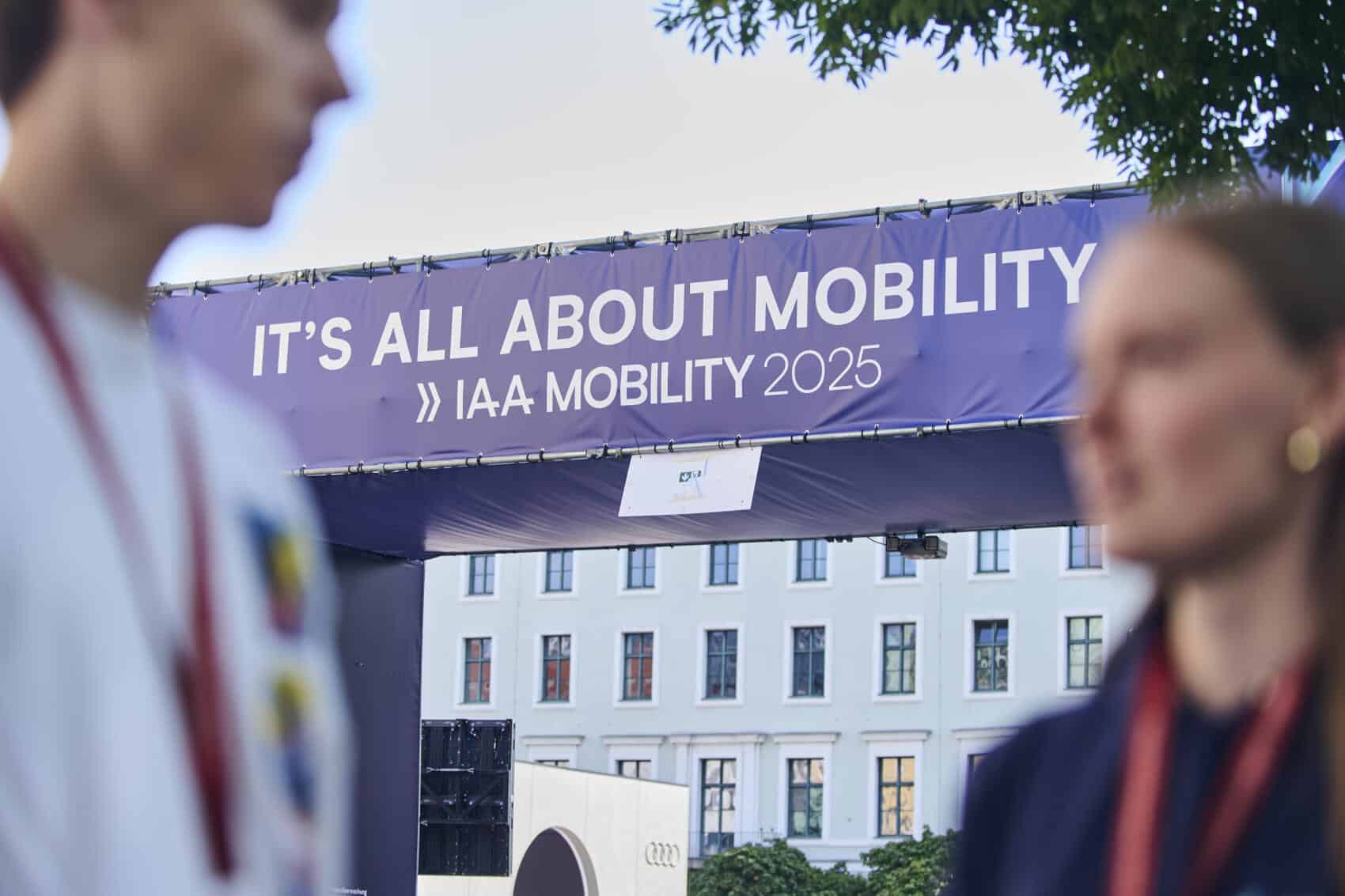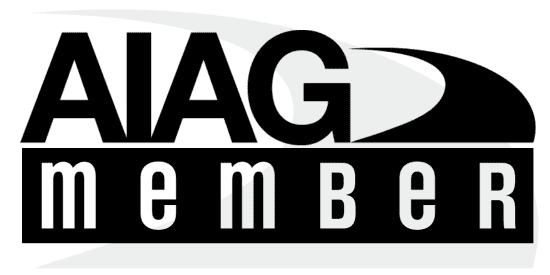IAA Mobility 2025 — Between Affordability, Competition, and Transformation

picture: IAA
Our Exec. Board had the chance to visit the this years IAA-Mobility in Munich. Below our summary, impressions and conclusion from the show – between Affordability, Competition, and Transformation. Enjoy reading!
Abstract
IAA Mobility 2025 in Munich underscored the crossroads at which the automotive industry now stands: electrification has matured, affordability is finally center stage, and global competition—particularly between Europe and China—is intensifying. This year’s show proved less about shiny concepts and more about strategic recalibration, blending new EV launches, hybrid add-ons, and mobility-as-a-service narratives. There was also a new air of collaboration between stakeholders, including big OEM’s. There is realization that the challenges ahead are bigger than any one company can master alone.
Electrification for the Many, Not Just the Few
The industry’s pivot toward affordable EVs was unmistakable. Volkswagen’s €25,000 ID.Polo, BMW’s long-range Neue Klasse iX3, and Mercedes-Benz’s sleek electric GLC all underscored the pressure to bring mainstream consumers into the EV fold. The transition narrative is no longer simply about technology but about price positioning and scalability.
China’s automakers—BYD, XPeng, Changan, Leapmotor and GAC doubled down on this trend, offering aggressively priced EVs with credible specifications. This gave the show a competitive edge some dubbed “Europe vs. China.” For European OEMs, the message was clear: speed and scale matter more than heritage. Some of the Chinese are just entering the European market, with price points not yet decided, but will undoubtedly be competitive adds. E.g. the GAC AION going head-to-head with the ID.Polo in the entry level segment.
Hybrids, Range-Extenders, and Flexibility
While EVs dominated the headlines, the quiet star of Munich was the persistence of hybridization. OEMs like Audi, Renault, and BYD unveiled hybrid models alongside BEVs, reflecting a pragmatic recognition: global infrastructure remains uneven, and consumers still want long-range flexibility. Also, the Chinese are adding PHEV offers to their European lineups, not the least to round tax penalties on Chinese made BEVs.
Suppliers reinforced this hybrid relevance: ZF’s new 8HP evo transmission adds efficiency and EV-range potential to plug-in hybrids, while MAHLE and Horse Powertrain presented range-extender systems designed to “electrify” without full dependence on charging infrastructure.
A Broader Mobility Stage
IAA is no longer just a car show. It is a mobility platform, combining B2B summits, test-drive experiences across Munich’s city center, and panels on urban sustainability. Software-defined vehicles, digital ecosystems, battery technology and supply, and charging infrastructure were part of the conversation, blurring the lines between carmaker, supplier, and tech provider.
Politics and Pressure
German Chancellor Friedrich Merz set the tone by calling for Germany to lead, not trail, in the EV transition—a symbolic reminder that industrial competitiveness is as much about geopolitics as about technology. With slowing Chinese demand, U.S. tariff risks, and EU’s emissions deadlines, the industry faces a trifecta of regulatory and trade headwinds.
Conclusion
IAA Mobility 2025 confirmed that electrification is no longer a distant horizon—it is the battleground of today. The twin focus on affordable EVs and flexible hybrid systems suggests the market is moving beyond either/or debates. Instead, the real challenge is to deliver sustainable, profitable, and competitive products in an industry that is simultaneously global and fragmented.


